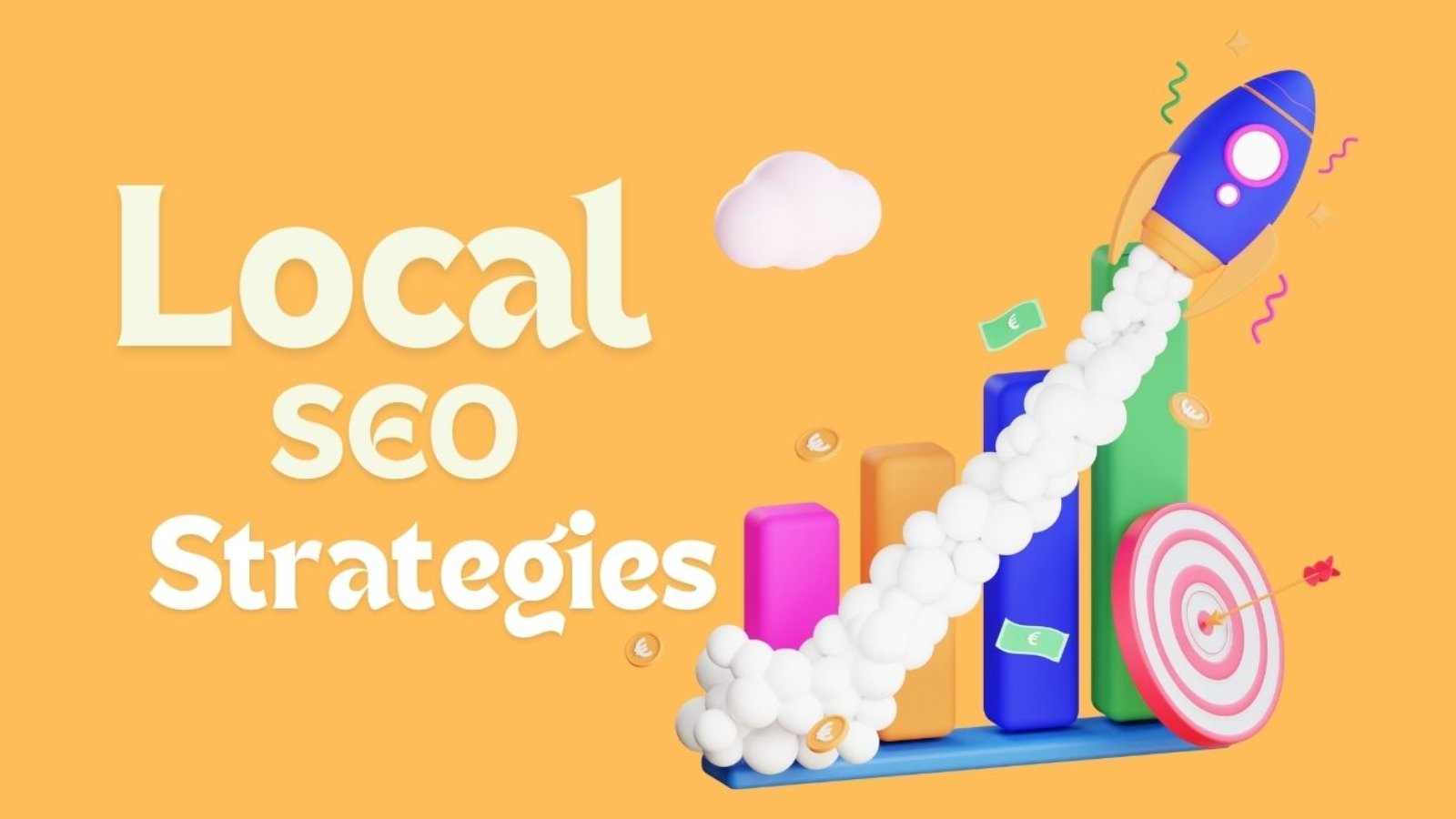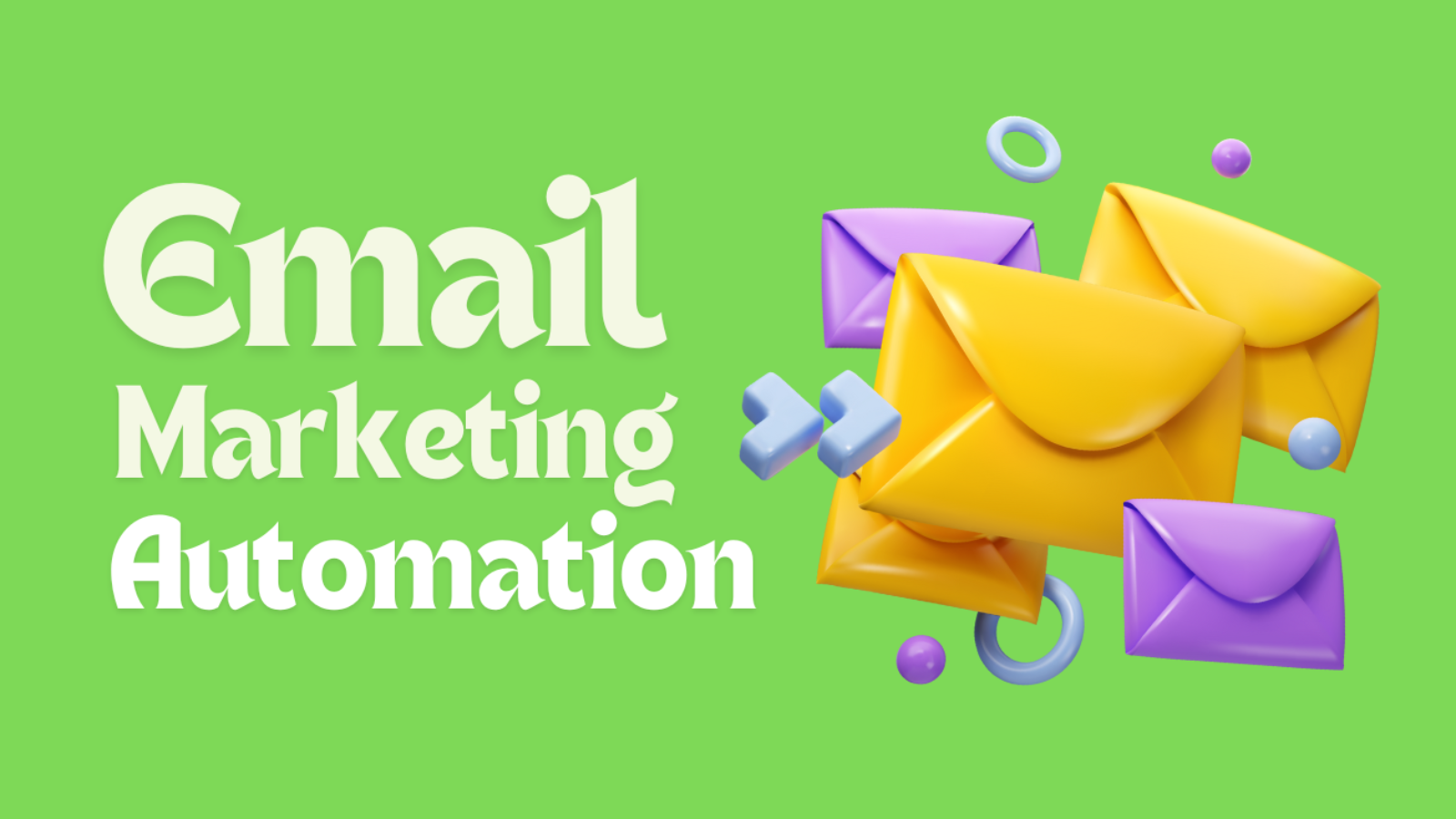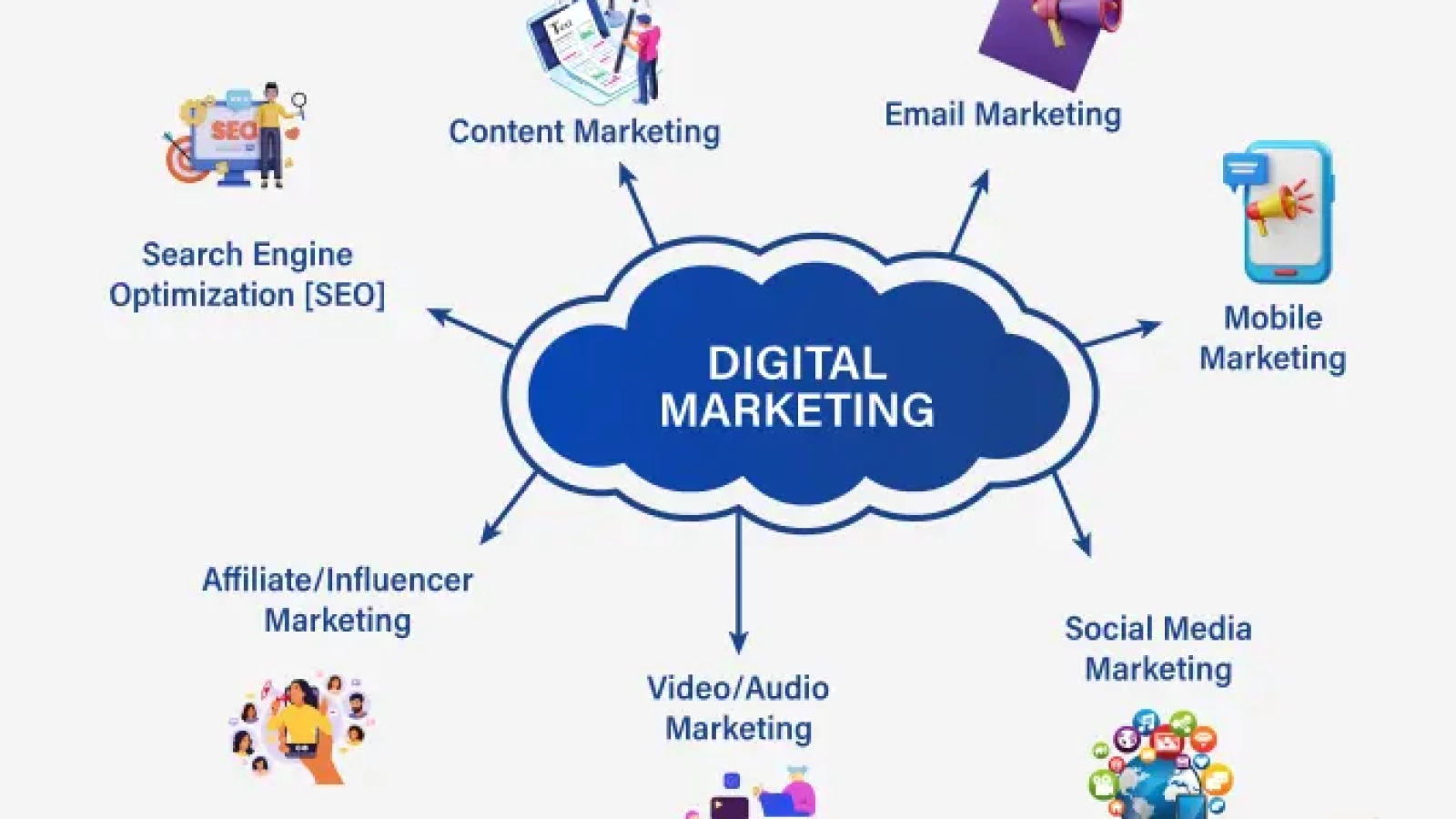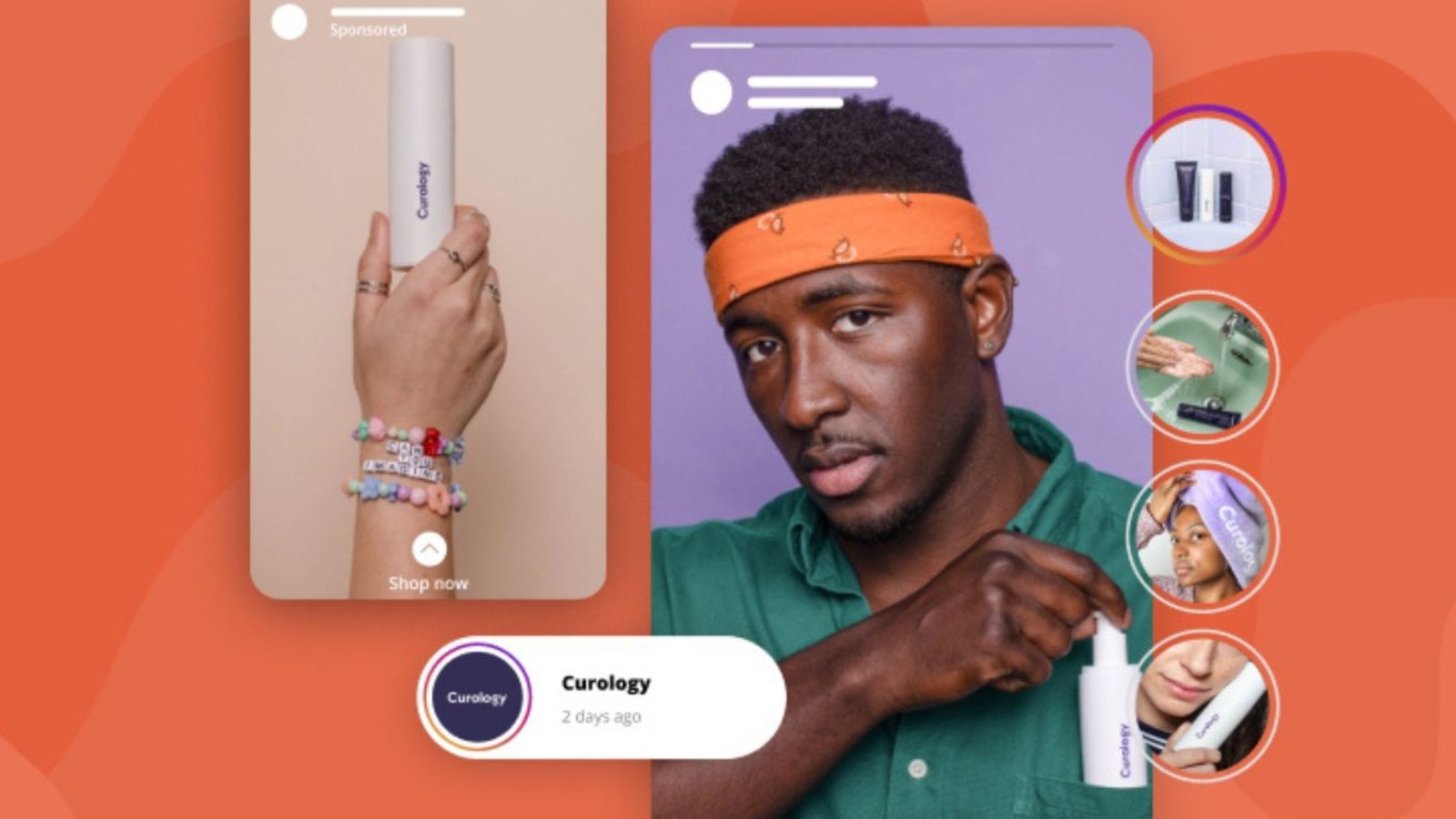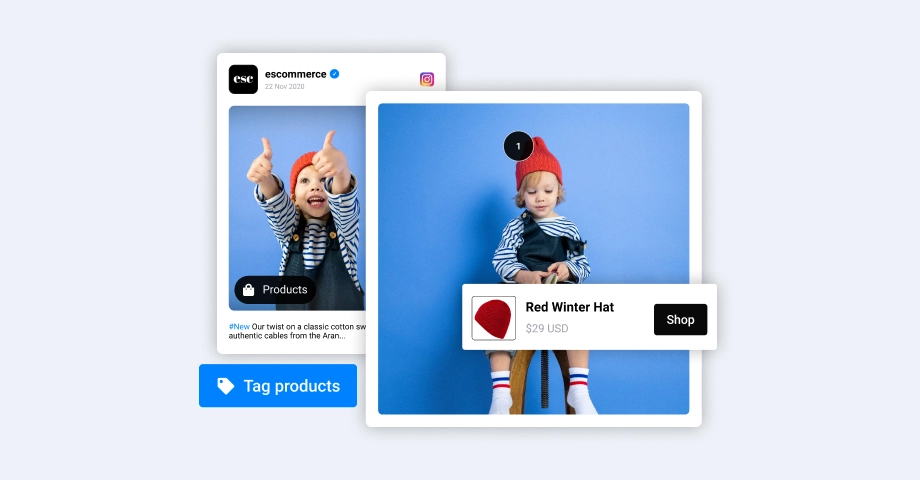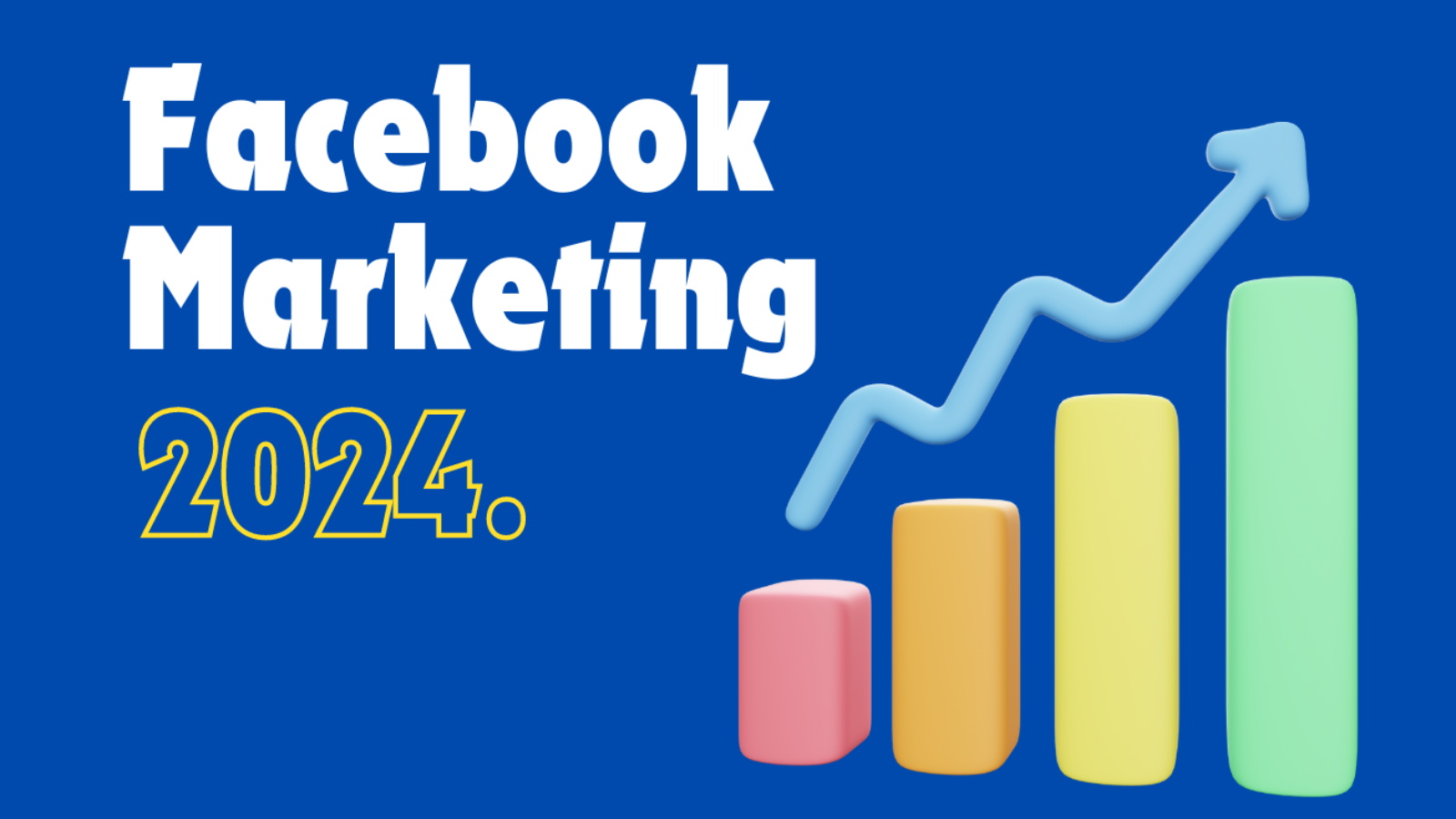Providing excellent customer service is crucial for any business, but it’s especially important for small businesses where every customer counts. By focusing on customer satisfaction, small business owners can not only retain their clients but also create a loyal customer base that brings in new clients through word of mouth. This guide will walk you through customer satisfaction tips for small business owners, helping you create lasting relationships with your customers.
Step 1: Understand Your Customer’s Needs
The first step to ensuring customer satisfaction is understanding what your customers need and expect from your business. Take the time to engage with your customers, ask questions, and listen to their feedback. Use this feedback to tailor your products or services to meet their expectations. Customer feedback tools like SurveyMonkey surveymonkey.com allow small business owners to gather insights directly from customers.

Knowing your audience also helps in creating personalized experiences, which enhances customer satisfaction. By anticipating their needs, you can offer solutions before issues arise, showing that you care about their experience.
Step 2: Focus on Excellent Communication
Good communication is key to a positive customer experience. Responding promptly and courteously to customer inquiries shows that you value their time. Whether it’s through email, phone calls, or social media platforms, ensure your communication is consistent and professional.
Many small business owners overlook the importance of clear communication. Tools like Zendesk zendesk.com can help streamline communication, ensuring no message goes unanswered. Keeping customers informed about their orders, delays, or promotions can improve their trust and satisfaction with your business.

Step 3: Offer Quality Products or Services
At the core of any successful business is a high-quality product or service. Delivering consistent quality keeps customers coming back and ensures positive word of mouth. Pay attention to every detail—whether it’s the ingredients in a product or the expertise behind a service—and strive for excellence.
Regularly review your offerings and make improvements based on customer feedback. If a product or service isn’t meeting expectations, don’t be afraid to innovate. Your commitment to providing value will increase customer satisfaction and encourage repeat business.
Step 4: Provide a Seamless Customer Experience
In today’s fast-paced world, customers expect convenience and ease when interacting with businesses. Whether it’s making a purchase online or visiting your store, ensure that the process is smooth and straightforward. A clunky website or poor in-store service can frustrate customers and drive them away.

For small businesses with an online presence, platforms like Shopify shopify.com help simplify the e-commerce experience. With user-friendly designs and secure payment options, customers can make transactions seamlessly. In-store, ensure your staff is well-trained to provide quick and efficient service, reducing wait times and potential frustrations.
Step 5: Address Problems Quickly and Effectively
No matter how well you run your business, issues will arise. The key to maintaining customer satisfaction is how you handle these problems. Whether it’s a late delivery, a product defect, or a misunderstanding, addressing issues promptly and professionally can turn a negative experience into a positive one.
Be transparent with your customers about what went wrong and how you plan to fix it. Offering a solution, such as a replacement or a discount on future services, can help smooth over the situation and restore customer trust. According to HubSpot hubspot.com, quick and empathetic problem-solving can strengthen the relationship with your customers and increase the likelihood of them returning to your business.
Step 6: Reward Loyal Customers
Loyalty programs are an excellent way to show appreciation for your repeat customers. Offering discounts, freebies, or exclusive offers to loyal customers can make them feel valued and encourage them to continue doing business with you.

Many small businesses have successfully implemented loyalty programs using tools like Square Loyalty squareup.com to reward returning customers. This not only boosts customer satisfaction but also increases revenue as loyal customers tend to spend more than new customers. Make sure your rewards program is simple to understand and use, making it a win-win for both you and your customers.
Step 7: Keep Improving and Innovating
Customer needs change over time, and staying ahead of the curve is essential for long-term success. Continuously seek new ways to improve your customer service and product offerings. Stay open to feedback and be willing to pivot if necessary.
Innovation is particularly important in today’s competitive business landscape. Look at trends in your industry and see how you can incorporate new ideas into your business. Whether it’s adopting new technology, adding a new product line, or enhancing your customer service approach, constant improvement keeps your business relevant and appealing to customers.
Step 8: Personalize the Customer Experience
Personalizing the customer experience can go a long way in making customers feel special. Simple gestures like addressing customers by their names, offering customized recommendations, or sending thank-you notes after a purchase can leave a lasting impression.

Small business owners can use customer relationship management (CRM) tools like Salesforce salesforce.com to track customer preferences and personalize their experiences accordingly. This attention to detail shows customers that you value them as individuals, not just as transactions.
Conclusion of customer satiesfaction
Focusing on customer satisfaction is one of the most effective ways for small business owners to build a loyal customer base and ensure long-term success. By understanding your customers’ needs, communicating effectively, delivering quality, addressing problems promptly, rewarding loyalty, and constantly innovating, you can offer an exceptional customer experience that sets you apart from competitors.
These customer satisfaction tips for small business owners can help you foster meaningful relationships with your clients, resulting in increased retention, referrals, and business growth.











